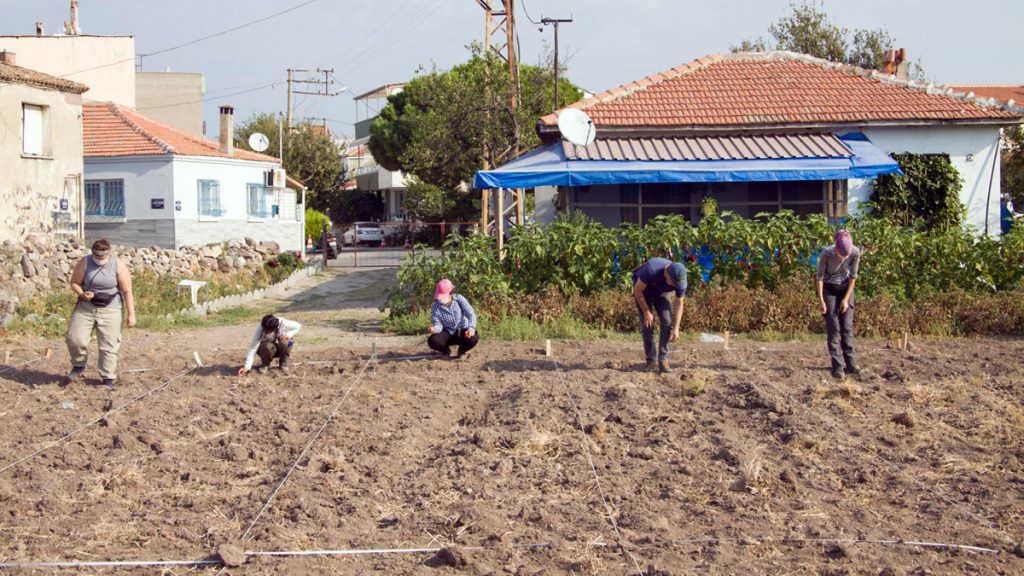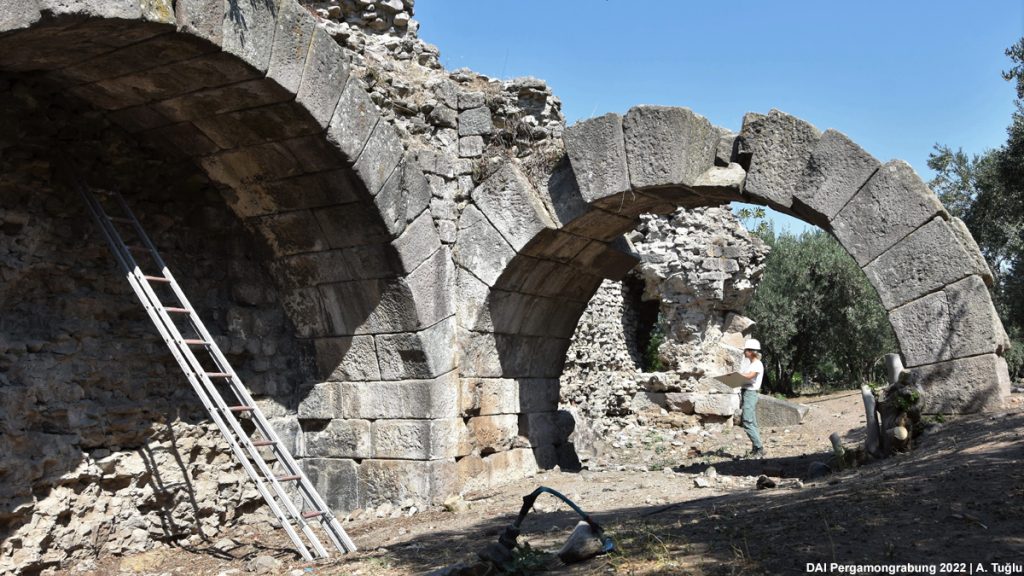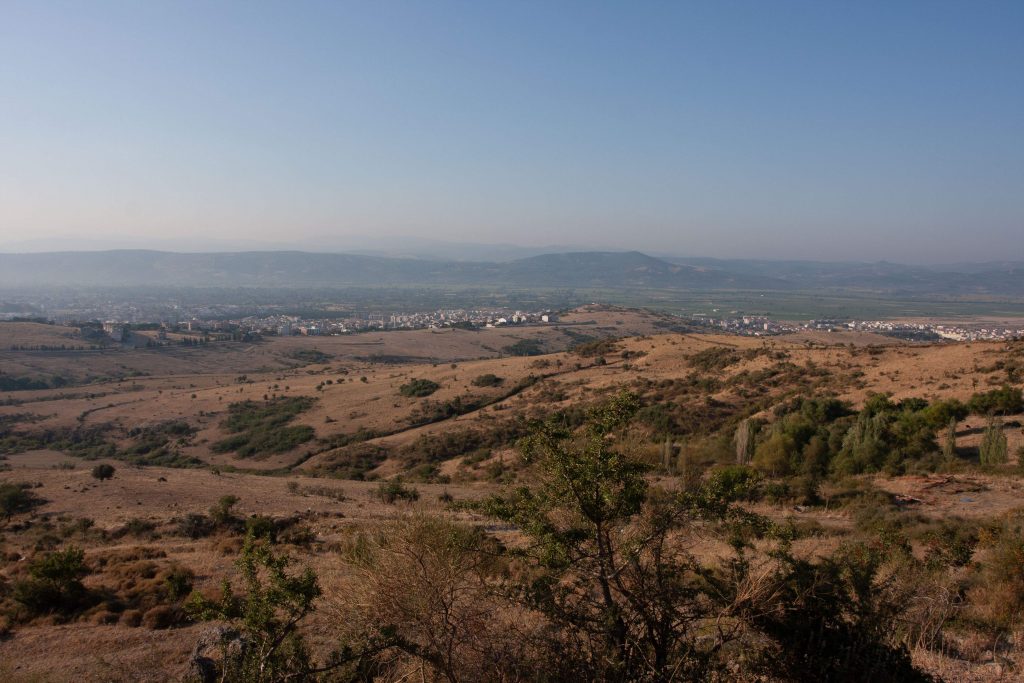The article, titled “Mid- to Late Holocene geomorphodynamics in a long-term settled mountain catchment in the Pergamon micro-region, western Turkey,” investigates the impact of climate change and human activity on the rural settlement patterns and geomorphodynamics in the Tekkedere valley during the last 6000 years. It is the first detailed study to address this issue using alluvial sediments from a long-term settled valley in the hinterland of Pergamon, a major ancient city in western Turkey. The study area covers a side valley of the Bakırçay plain between Pergamon and its main harbor, Elaia, and has great exemplary micro-regional significance as a closed settlement area with high susceptibility to erosion. The study analyzes eight radiocarbon-dated sediment profiles from the Tekkedere alluvial fan and its catchment, revealing four principal sedimentation phases and highlighting a landscape stability phase was interrupted by the strong erosion and redeposition of sediments. The findings suggest that these increased geomorphodynamics may coincide with the climatic acidification and changing settlement pattern and thus reflect human-environment interactions.
The article was published online and open-access by Cambridge University Press on 02 March 2023



